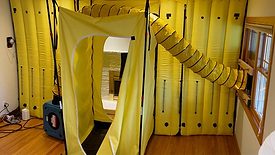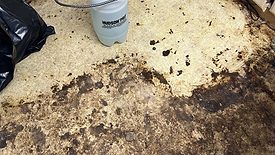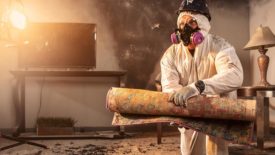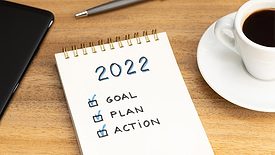Guest Columns
Restoration Sales and Marketing Pros, What is Your Personal Brand?
Stand Out From the Competition With an Authentic Message
Read More
Daring to Be Wrong: Why Divergence Drives Dividends
Scaling Your Restoration Business Is a Lot Like Moving
Read More
Will 2022 Resemble 2021 for Restoration Contractors?
Actual Changes in 2021 and Estimated Changes in 2022 for the Restoration Industry
Read More
Get our new eMagazine delivered to your inbox every month.
Stay in the know on the latest disaster restoration and remediation trends.
SUBSCRIBE TODAY!Copyright ©2022. All Rights Reserved BNP Media.
Design, CMS, Hosting & Web Development :: ePublishing


















